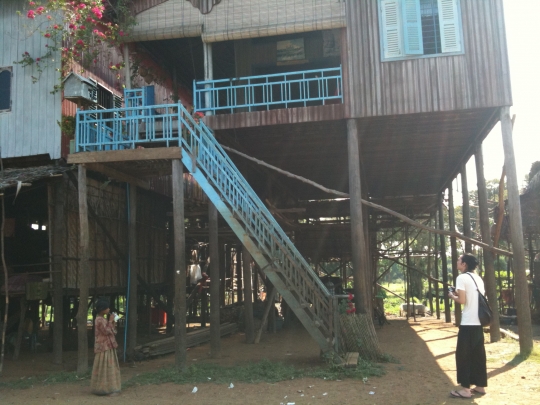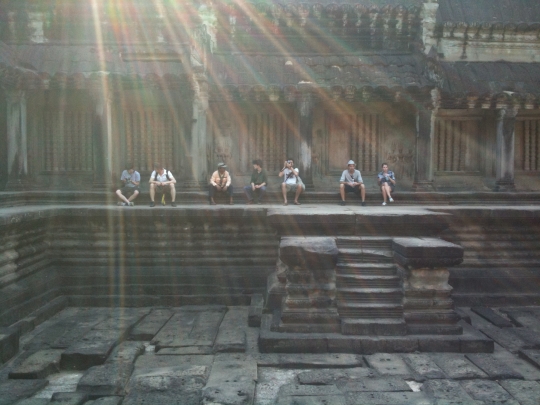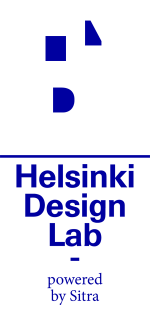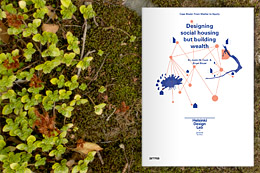I’m Seungho Lee, a Masters student at Aalto University School of Art and Design, studying in Industrial and Strategic Design and currently working with Helsinki Design Lab as an intern. My studies have taken me to Cambodia, where Aalto University's City in Crisis course is expanding the design discourse to include history, corruption, land entitlement, education, political enfranchisement, economics and more. This post was written a while ago, and it's part one of three covering my studies in the City in Crisis course.
As I type this, I’m 8000km away from home, waiting for a return flight from Phnom Penh, Cambodia back to Helsinki. I’ve been here for two weeks with nine of my fellow students as part of the City in Crisis course. Although I came to the airport three and a half hours early, I don’t mind because I wanted to escape from the city: there’s been a lot to digest after two quick weeks of fieldwork.
During that time we’ve been visiting Angkor Wat, the floating village near Siem Reap, Silk Island, a few slum areas and few eviction sites in Phnom Penh as well as relocation sites where those evicted now struggle to survive. We've also met and learned from representatives from various NGOs: STT, OPC, UN Habitat to name a few. Corruption, lack of secure tenure, almost no industry, false development, lack of education, slavery… this is the reality for many of Cambodia’s urban poor.

Floating village, a vernacular principle in Cambodia where the rainy season continues for six months.
Architects in the wealthy parts of the world have a tendency of being primarily interested in what their more successful counterparts in other wealthy parts of the world are busy with. The professional magazines in Europe, North America and the rich parts of Asia are concentrating on the “wow-factor” and its various manifestations. It is far less common that these publications deal with the everyday problems of the majority of the world’s problem.
– Hennu Kjisik, Veikko Vasko, & Hunphrey Kalanje. The Final Report of City in Crisis, May 2009
This phenomena is evident in recently published Phaidon Atlas of Contemporary Architecture that introduces 16 Finnish projects among 588 European projects, but only 26 projects from whole Africa and 184 projects from Asia. As pointed out by Hunphrey Kalanje, one of teachers of the course, architecture is in many cases political: it works with capital, for capital, and by capital.
The City in Crisis course has been offered since 1993 by the department of architecture in Aalto University School of Science and Technology with an aim of strengthening the global awareness and social conscience of its students, as well as increasing our understanding of the realities of life and conditions of professional work in developing countries.
Since these things are notoriously difficult to be taught in lecture halls and studios, the annual fieldwork period has become an essential part of the teaching and learning process since the beginning. After a total of ten years in Africa - Rusfisque, Benin and Grand Popo in particular - City in Crisis has turned its eyes to the east, and the first group of students traveled to Cambodia at the end of February 2008.

Some of my fellow students in the heart of Angkor Wat. One can easily imagine how glorious the Khmer civilization once had been.
The course is designed in two parts: the first of which aims to acquaint its students with various development issues all over the world and local vernacular principles. During the autumn semester in 2009, we read about and studied about four themes: development discourse, global issues, urban agendas, and construction in developing economies, which was followed by research into the vernacular principles of indigenous architecture in different climates.
The second part consists of lectures and seminars dedicated to issues in Cambodia, the fieldwork to Phnom Penh and Siem Reap and eventually the studio work back in Helsinki. From January of this year invited lecturers have talked about issues in relation with water, development, corruption, environmental issues, capital, and speculation in Phnom Penh.
After studying these issues from a range of scales, both from the global to the local in Cambodia, and from the past to the present we packed our bags for two weeks in Cambodia. It was time to see and to “live” the reality.
Check in tomorrow for more about our time in Cambodia.


